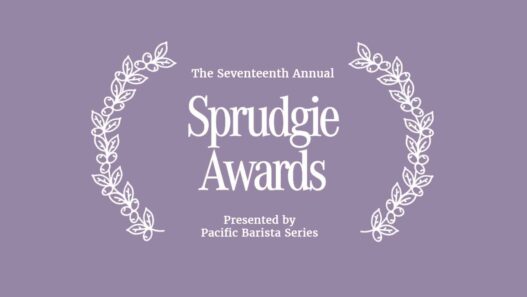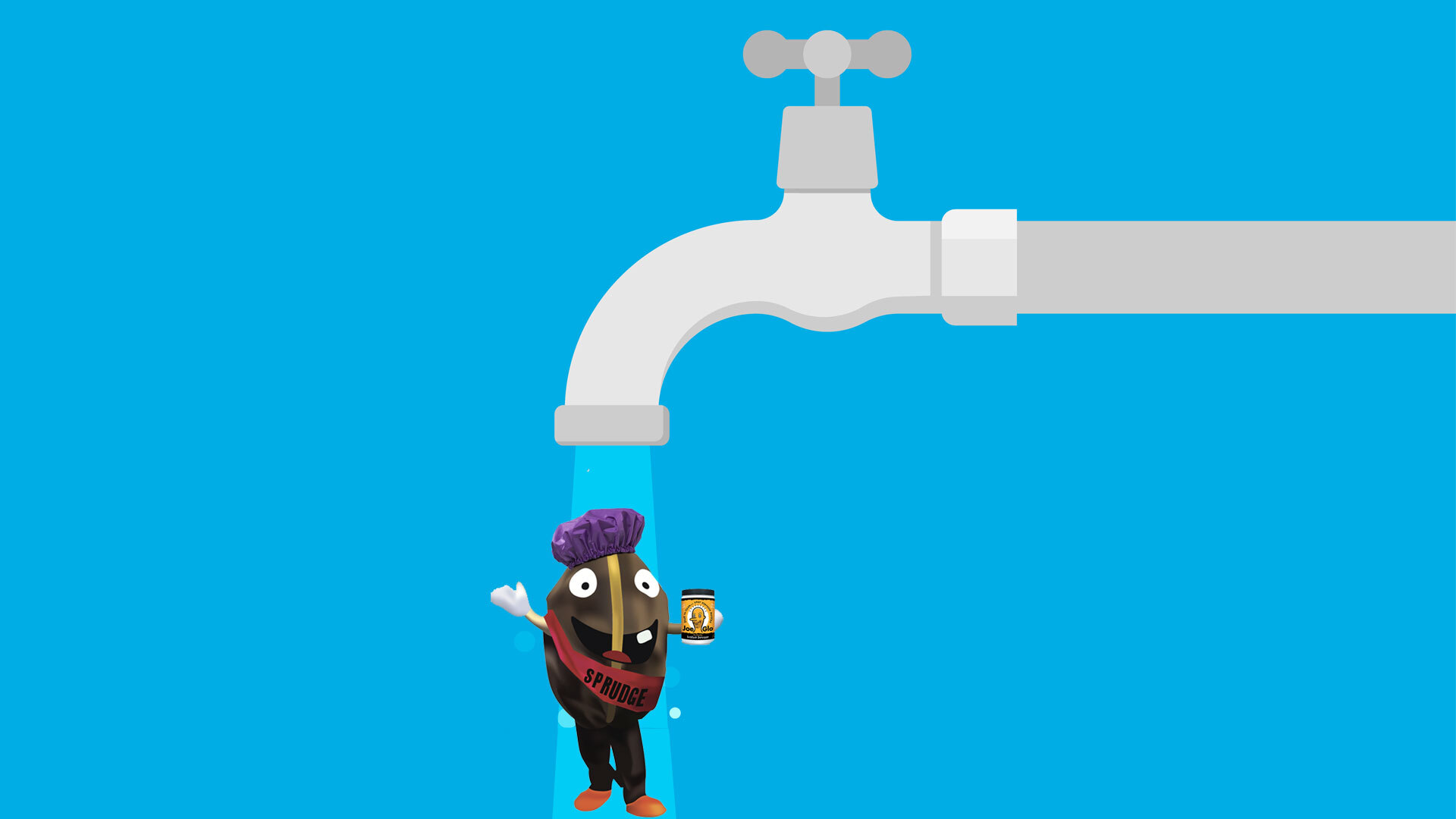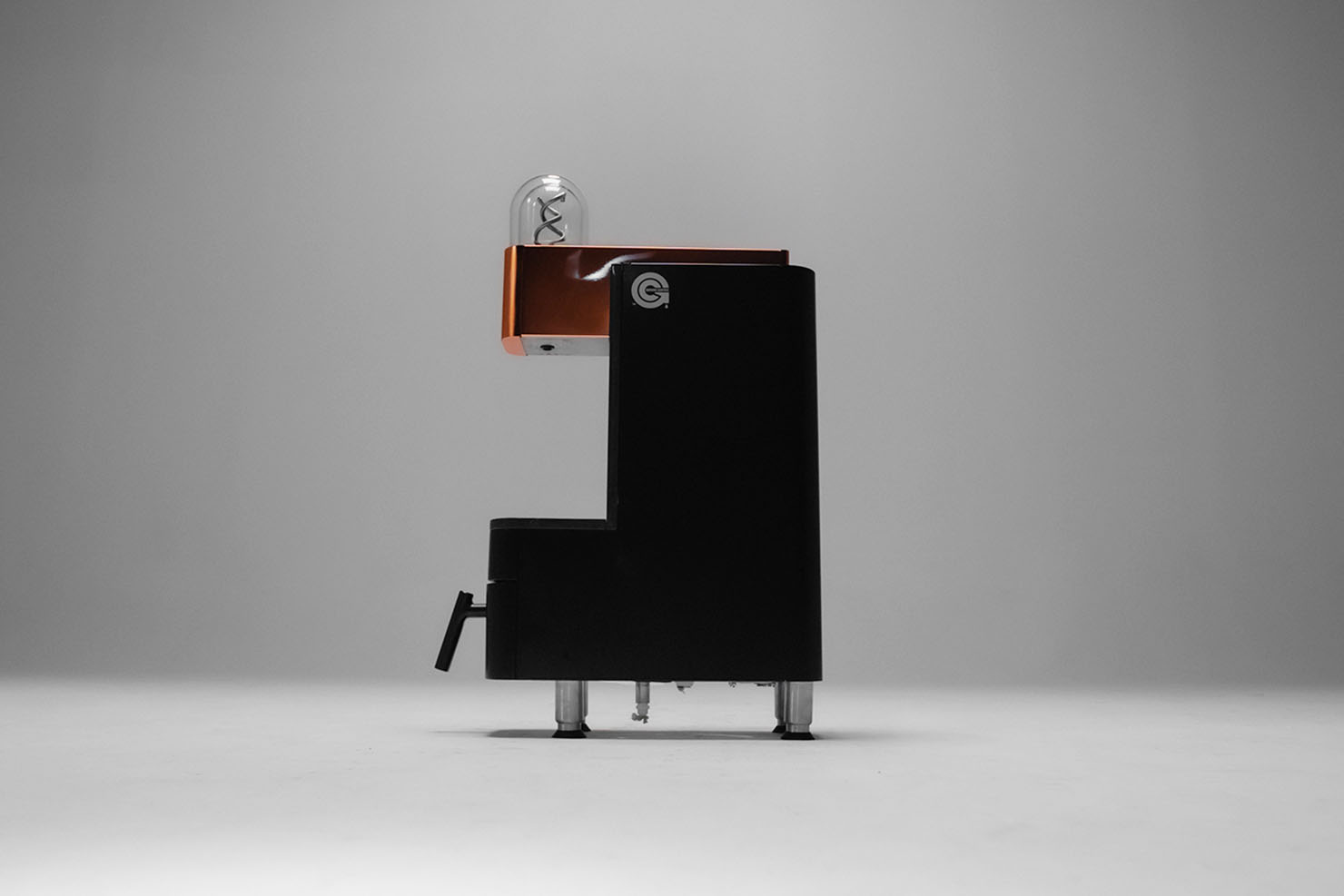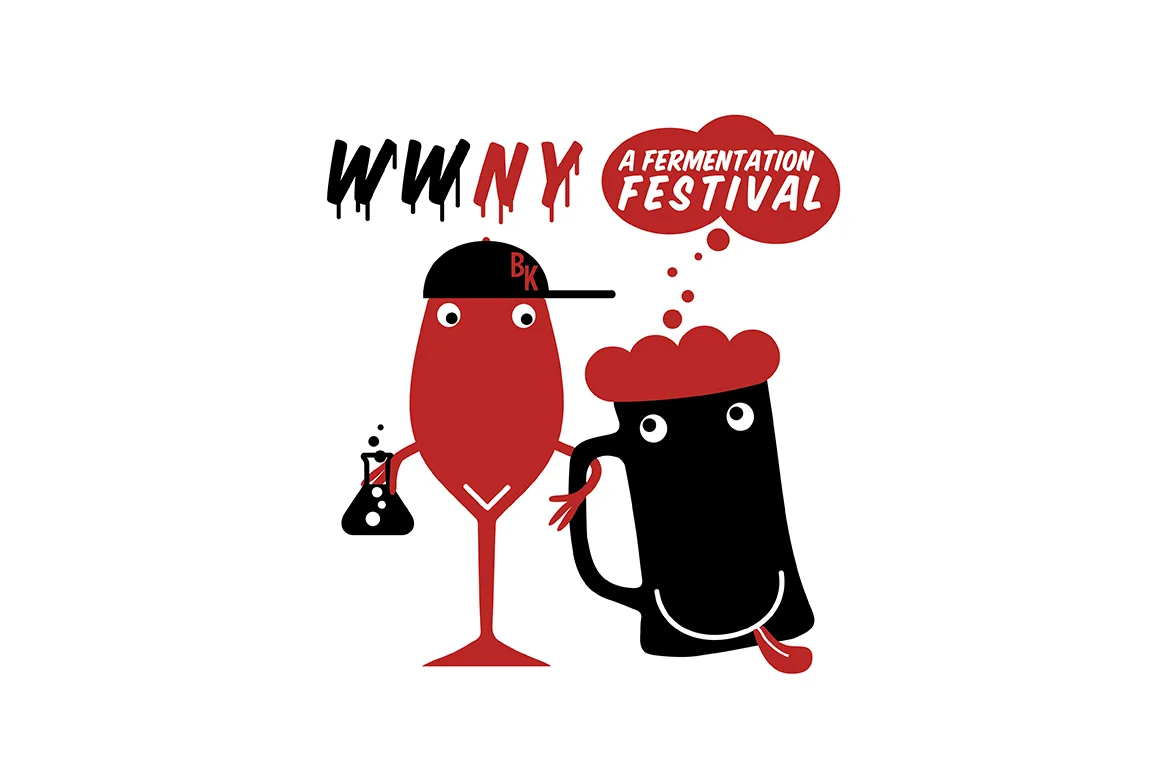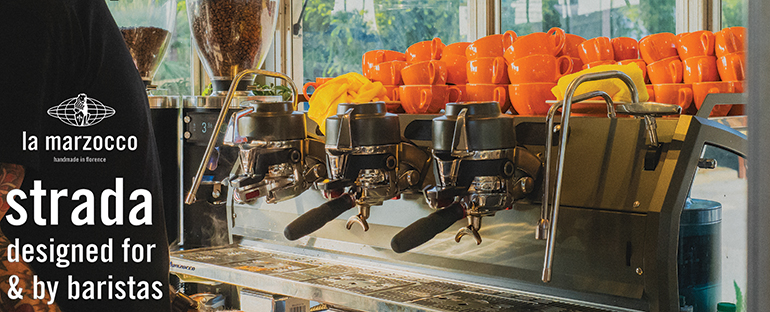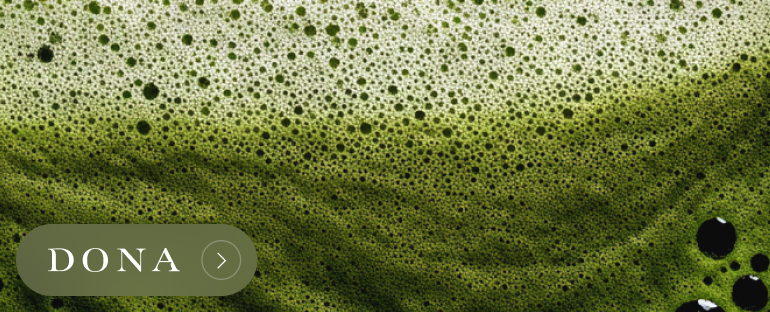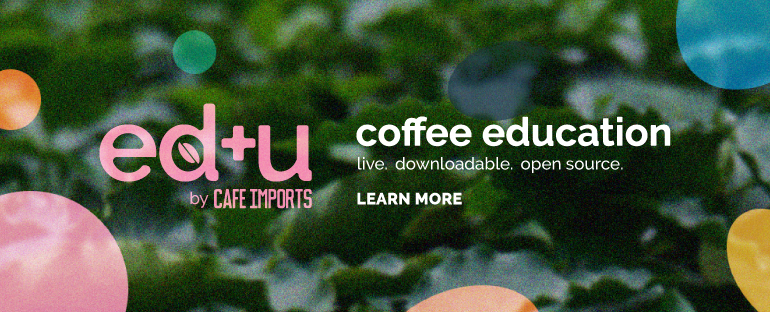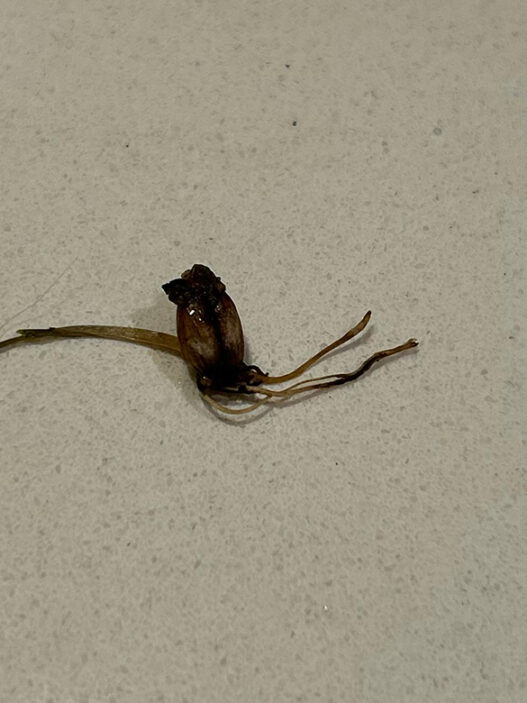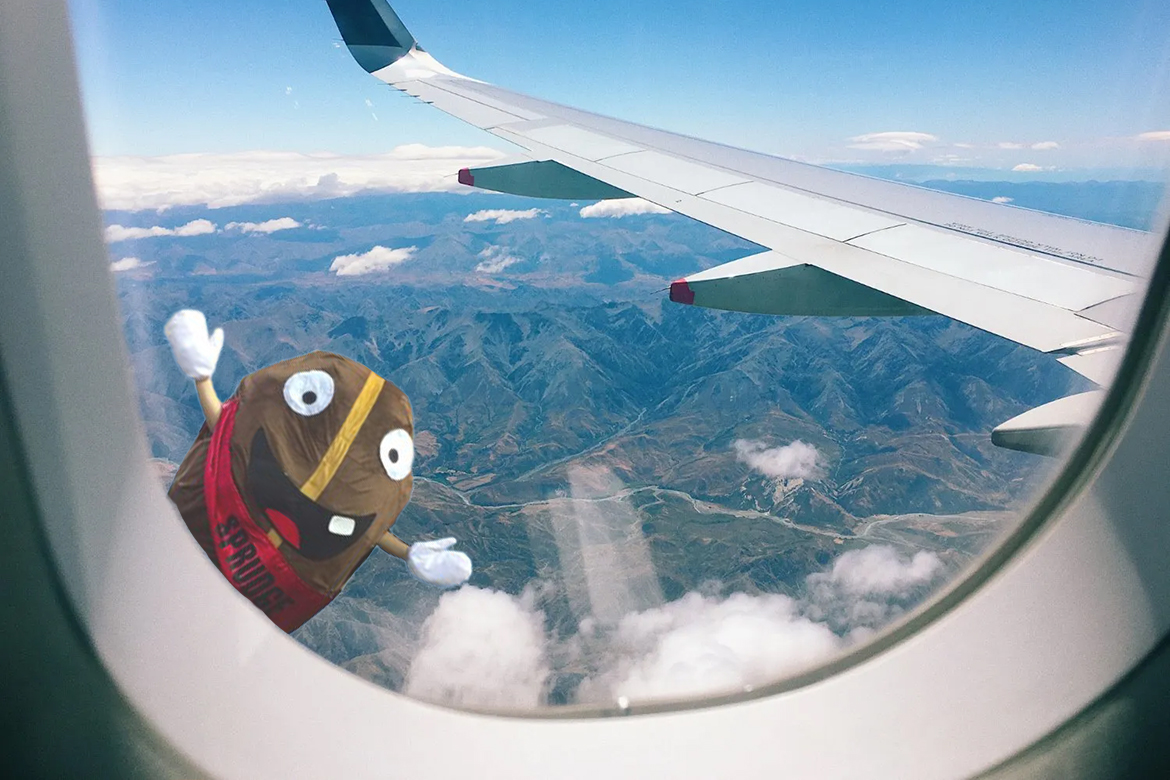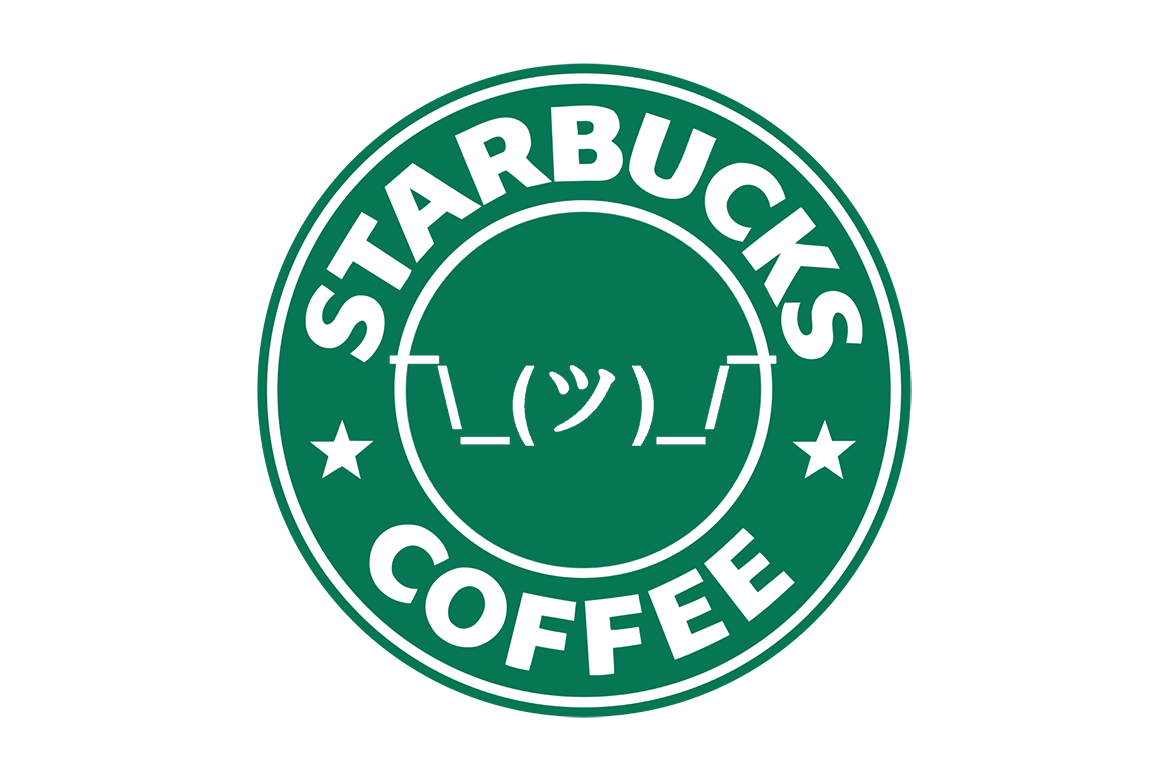
A few short weeks ago, Starbucks (SBUX) announced their newest initiative, the Starbucks Emergency Farmer Fund. As part of the initiative, Starbucks has committed to $20 million to smallholder farmers in Nicaragua, Guatemala, Mexico, and El Salvador “with whom Starbucks does business, until the coffee market self-corrects and rises above the cost of production.”
“A majority of the coffee we purchase comes from smallholder farmers and the coffee crisis in Central America related to low prices cannot be ignored,” said Michelle Burns, senior vice president, Global Coffee and Tea. “We have a role and responsibility in helping smallholder farmers sustain their livelihoods. Their success will help ensure the long-term health of coffee productivity.”
There is no doubt a pricing crisis in coffee, and if you want to read more about Starbucks’ newest initiative, I’d point you to a recent article in Bloomberg. But this new relief funds pulls into focus one very specific question: what does Starbucks pay for their coffee? This is the question I asked—multiple times—when Starbucks reached out to me about Sprudge being “the first media to share the these farmer stories.” (Take that, Bloomberg.)
Their answers were lacking.
When asked about the availability of a transparency report—something specialty coffee companies large and small have been pushing for over the last decade—Sprudge was provided with the following statement: “We unfortunately don’t have that information to share given the large scale of our supply chain and the various kinds of contracts at play. We can share, however, that to date, more than 8000 farmers have received a disbursement as part of the $20 million emergency relief fund.”
When asked if they could give us any information on if their average price paid has gone up or down since 2014—the last year Starbucks’ average price paid was readily available—they responded with, “No, unfortunately we aren’t able to provide that information.”
Finally, we asked what portion of Starbucks’ annual coffee purchasing is made using the commodity C-Market price fixture. (At this point they surely wished we’d just copy & pasted the press release.) To which the reply was, “[We] cannot provide you with that information but can share that Starbucks always pays a premium, vs. paying the C-market price. One premium is for high quality, one is for CAFÉ Practice verification, and then additional premiums to those who demonstrate continual improvement in CAFÉ Practices.”
Cool but vague, right?
An informed response to the Starbucks Emergency Farmer Fund can only be made if first we know what they’re paying farmers. According to their own estimates, Starbucks makes up a whopping 3% of the total global coffee production each year. In 2018, Starbucks reported buying over 650 million pounds of coffee, over 200 million pounds more than in 2011, their last readily available reporting on the matter.
Starbucks keeps their pricing pretty close to the vest, but one report shows their average yearly prices for 2012, 2013, and 2014 being $2.56, $1.92, and $1.72, respectively. For context, the average yearly C-market prices for 2011 (when many of the Starbucks contracts would have been signed) through 2014 are $2.53, $1.75, and $1.26. Yes, that is technically above the C market, but it hews awfully close to it. Currently, the price of coffee on the commodities market is $.95, nowhere near the $2.50 per pound price point the SCA has determined to be a farmer’s “threshold for profitability.”
So how much is that $20 million Starbucks is pledging? Disbursed evenly, $20 million adds an additional $.03 to each pound of coffee Starbucks buys (based on 2018). It’s roughly 150% CEO Kevin Johnson’s total yearly compensation and about 92% of then-CEO Howard Schultz’s 2016 pay. One and half years of Johnson, but less than a year of Schultz. Not bad. $20 million is roughly .01% of the company’s current $102.76 billion net worth. It’s about .08% of Starbucks’ $22.39 billion annual sales.
Put another way, it is less than a third of their $61.3 million daily revenue; it’s a lunch rush. If you are a barista making $30,000 and you donate $26 to a relief fund, you’ve donated by percentage more of your yearly take-home than Starbucks did with their newest initiative. Maybe we should write an article about you!
To crassly state the obvious, if Starbucks really wanted to share the burden of their “role and responsibility” in making sure farmers they work with are paid more, they would just fucking pay more for their coffees. That is well within their power. As stated earlier, Starbucks set up this relief fund until the market “self-corrects and rises above the cost of production,” effectively removing, or attempting to remove at the very least, any volition or agency one of the world’s biggest coffee company’s has in the creation of that price. Surely one way for the market to “self-correct” would be for one of its biggest players to increase what they’re paying, even if the ol’ SBUX NASDAQ price took a bump, which is far from guaranteed.
An across the board price increase would cost a lot more than $20 mil + promotional costs, sure, but imagine the story you could tell your customers? Imagine the lives you’d be improving at origin? The potential ramifications of a meaningful price uptick for 3% of the world’s coffee are vast, huge, both political and personal.
Let’s start with a little transparency. Starbucks has engaged with the coffee price crisis directly by creating this fund and heavily promoting it, including to the editors of this website. Next they should release a transparency report (as a growing number of comparatively miniscule specialty coffee companies have already done) and talk openly to the public about what, exactly, their producers are paid for the coffee they grow. If you are, in fact, paying a livable, profitable amount for your coffees—and not just a few vanity pennies above C, as reported here—releasing a transparency report would exonerate you from any appearance of exploitative buying practices while applying pressure on the other big players in the coffee industry to do the same, thus revealing who the bad actors actually are.
“Connecting with transparency” is in your damn mission statement, Starbucks. Release a transparency report. We’d love nothing more than to praise your efforts in combating the coffee price crisis. Give us the information needed to do so.
Zac Cadwalader is the managing editor at Sprudge Media Network and a staff writer based in Dallas. Read more Zac Cadwalader on Sprudge.




